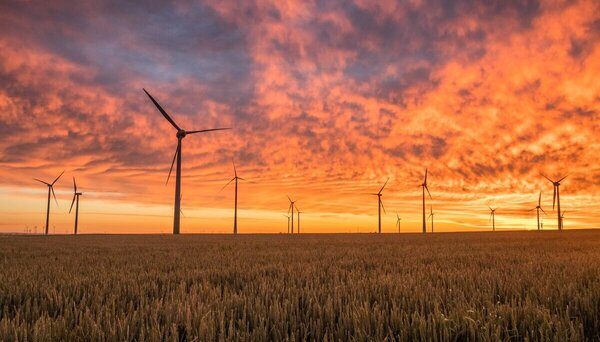EIA: world energy consumption to increase almost 50% by 2050
by October 6, 2021 10:49 am 2,916 views

Excluding significant changes to policy or technology, global energy consumption is expected to rise by nearly 50% between 2020 and 2050, according to the U.S. Energy Information Administration (EIA).
The EIA released Wednesday (Oct. 6) its International Energy Outlook 2021 that shows strong economic growth, especially with developing economies in Asia, is expected to contribute to global increases in energy consumption despite pandemic-related declines and long-term improvements in energy efficiency.
If existing policy and technology trends continue, global energy consumption and energy-related carbon dioxide emission will rise through 2050 as a result of population and economic growth, according to the EIA. The outlook’s reference case, which projects energy trends based on existing laws and regulations, shows renewable energy consumption has the strongest growth among energy sources through 2050. Liquid fuels remain the largest source of energy consumption, driven largely by the industrial and transportation sectors.
“Even with growth in renewable energy, without significant policy changes or technological breakthroughs, we project increasing energy-related carbon dioxide emissions through 2050,” said EIA Acting Administrator Stephen Nalley.
Renewables are expected to be the primary source for new electricity generation, but natural gas, coal, and increasingly, batteries will be used to help meet load and support grid reliability, according to the EIA. By 2050, electricity generation is projected to nearly double in developing countries that are not part of the Organization for Economic Co-operation and Development (OECD). Falling technology costs and favorable laws and regulations mean that much of the new electricity generation will come from renewable energy sources, even though natural gas, coal and batteries will remain important parts of the electric grid as they back up solar and wind resources.
“The worldwide push to generate more electricity from renewables and also increase electric grid reliability could push more expansion of battery storage on a global scale,” Nalley said.
Oil and natural gas production are expected to continue to increase, largely to support rising energy consumption in developing Asian economies. Liquid fuels consumption is projected to increase the most in non-OECD Asia as a result of increasing populations and fast-growing economies. From 2020 to 2050, total energy consumption is expected to nearly double in non-OECD Asia. Also in these countries, consumption is expected to outpace production and lead to an increase in imports of crude oil or finished petroleum products, primarily from the Middle East.
“The fast-growing economies in Asia could combine to become the largest importer of natural gas and crude oil by 2050, given their significant increase in energy consumption,” Nalley said.
The International Energy Outlook 2021 includes energy consumption projections for 16 regions in the world. Projections for the United States are consistent with those in EIA’s Annual Energy Outlook 2021. Link here for the International Energy Outlook 2021.
